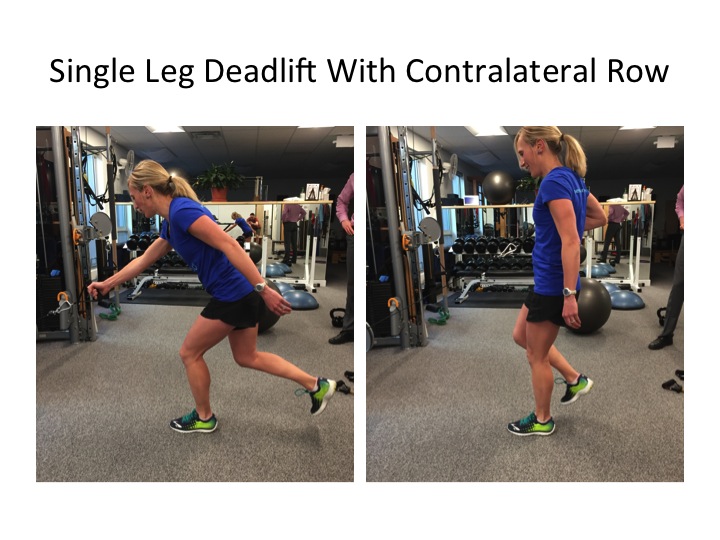As we have detailed in previous blog posts, surgical rates for both hip labral tears and hip impingment (femoroacetabular impingement or FAI) have shown a dramatic increase over the last 10 years. These increases are largely attributed to higher utilization of MRI testing and subsequent referrals to greater numbers of surgeons trained in hip arthroscopic repairs. Research has consistently shown imaging reveals a significant percentage of both labral tears and FAI in both symptomatic and asymptomatic hips. Consistent with most of musculoskeletal imaging, these scans demonstrate high sensitivity but lower specificity, and in turn higher false positives, in patients with hip pain. Research is continuing to determine who requires surgical interventions for either labral tears or FAI, but current randomized controlled trials have not found a difference between surgical or Physical Therapy treatments. A recently published paper documents the success rates associated with non surgical treatments for FAI.
A prospective study was published in the American Journal of Sports Medicine detailing the prognosis and outcomes associated with conservative management of hip FAI (Pennock et al. 2018). Authors managed 93 hips (76 patients, mean age 15 y.o.) with confirmed clinical and radiographic findings of FAI. These patients were treated with activity modification and Physical Therapy. If these patients remained symptomatic they were offered an intra articular joint steroid injection. Of the 93 hips, 70% of hips were successfully treated with activity modification and Physical Therapy, 12% sought an injection, but these 11 hips did not progress to surgery. Authors reported 82% of hips were able to be successfully managed with this conservative approach. Of the 18% who elected for surgery, patients who demonstrated a combined pincer and CAM type of FAI were 4 times more likely to undergo surgery compared to patients with isolated pincer changes. Authors stated “A nonoperative approach should be the first line treatment for young active patients with symptomatic FAI”.
Click Here To Learn More About How Your Symptoms Can Be Treated Successfully with Physical Therapy

